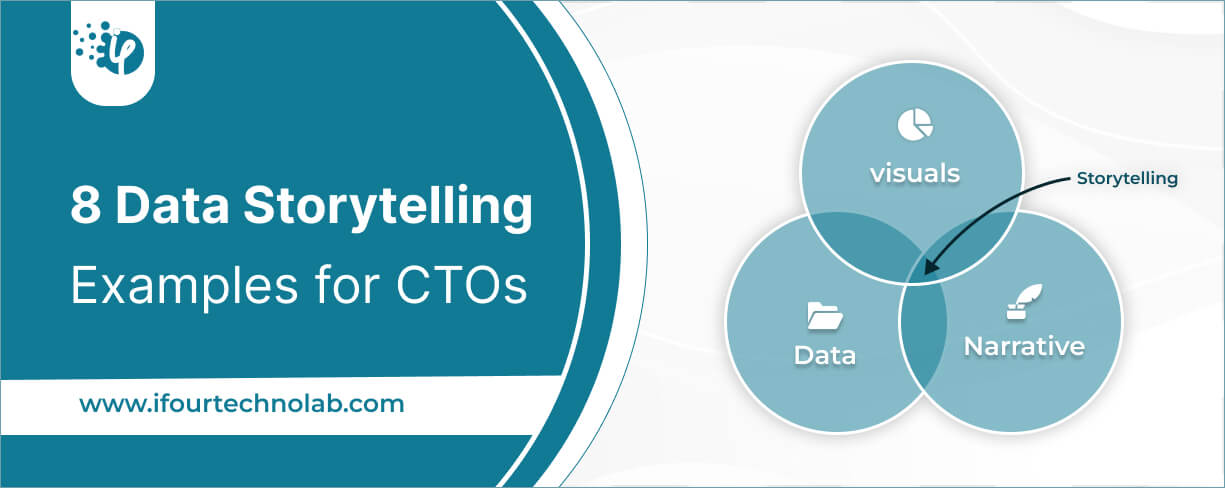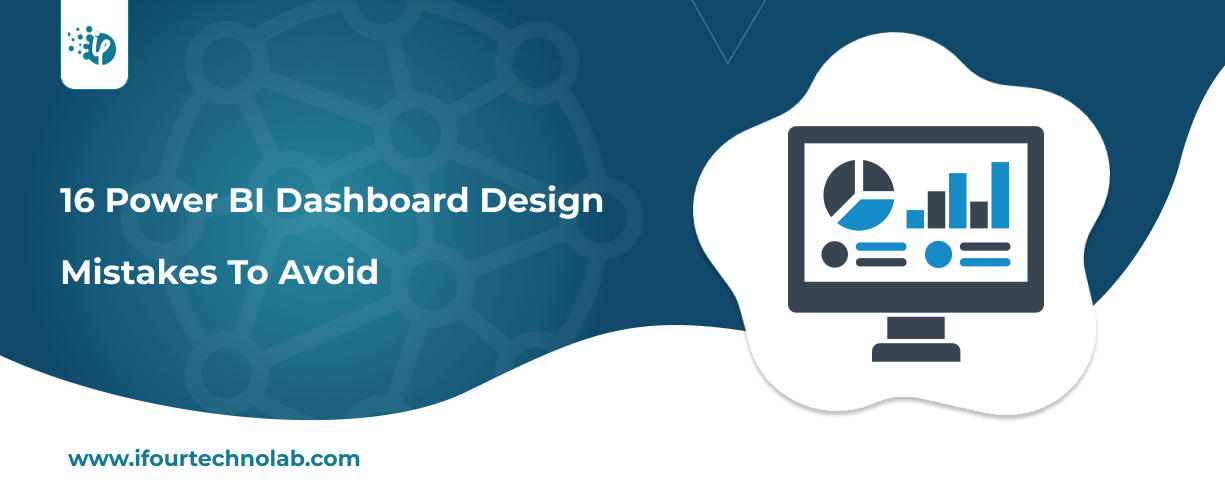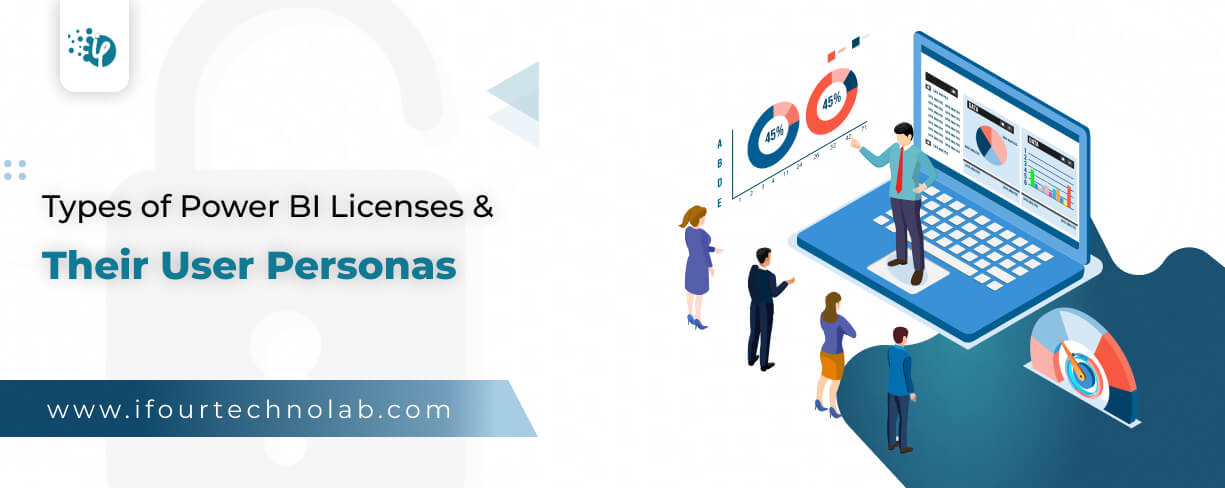Our Insights
Innovative Ways - Satisfied Clientele
Innovative Ways - Satisfied Clientele

Kapil Panchal - January 31, 2025
Imagine walking into a meeting where critical decisions need to be made—fast. You need clear, flexible data that you can analyze on the spot. But what if your insights are locked inside Power BI, with no easy way to manipulate them? That’s where exporting Power BI data to Excel comes in. Whether you’re a C-level executive looking for high-level trends or a developer managing complex datasets, Excel offers the familiar playground where you can: Dig deeper into raw numbers without...

Kapil Panchal - January 30, 2025
Clear insights mean smarter decisions, and this is what data storytelling does. It helps you speak a language that you quickly understand. Like for example, you are a CTO dealing with complex data every day and rather than just going through numerous spreadsheets, it provides you with a quick glimpse of what’s happening. The process is carried out using various data storytelling tools such as Microsoft Fabric, Looker, and popular platforms like Power BI or Tableau. When you transform data...

Vinod Satapara - January 23, 2025
You might ask “why migrate from AWS to Azure when it already offers so many options?” This question is valid, but there's a reason why businesses are moving to Azure. First, Azure's seamless integration with other Microsoft products, like MS O365 and Dynamics 365, streamlines core operations effectively. Next, Azure is a PaaS platform, so you are not required to maintain virtual machines (VMs) by yourself, which is not readily available in AWS. Third, Azure's hybrid cloud capabilities...

Kapil Panchal - January 07, 2025
Avoiding dashboard design mistakes is like hosting a dinner party. Just as you need to plan the menu and seating arrangement carefully, you need to design Power BI dashboards thoughtfully. For example, using too many different chart types is similar to serving a mix of cuisines that don't go well together – it confuses your guests. Next, not providing clear labels is like serving dishes without explaining what they are – your guests won't know what they're eating. So, not considering...

Kapil Panchal - December 30, 2024
Choosing the right Power BI license, especially when each one has remarkable and unique features, can be daunting and confusing. But, if you understand your requirements and see which license features best suit your needs, it becomes much simpler to make the right choice. Power BI license, be it Power BI Free, Pro, Premium, or Embedded has special features that make your data analysis better. In this blog, we will explore the different types of Power BI licenses and help you determine which...